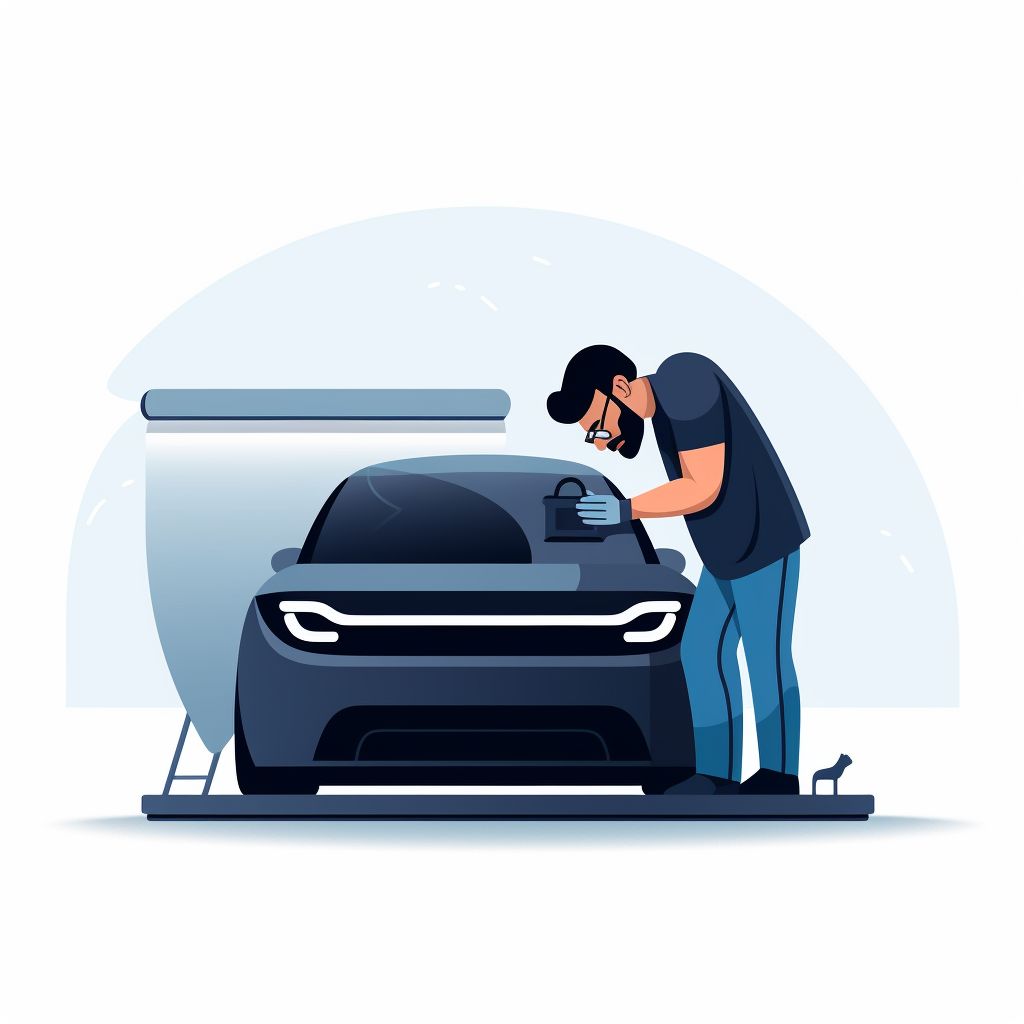The windshield repair industry is both resilient and rapidly evolving, capitalizing on advancements in materials, consumer awareness, and safety regulations. This sector meets a steady demand due to natural wear, accidental damage, and the modern consumer’s need for convenience. In the U.S. alone, there are millions of windshields repaired each year, with the average service often taking less than an hour. This article delves into the industry dynamics, trends, opportunities, and the main challenges of the windshield repair business.
1. Market Demand: Why Windshield Repair Services Are Essential
Windshields are crucial to vehicle safety, accounting for up to 30% of structural integrity during accidents. Beyond their safety role, they protect drivers from debris and elements, supporting the necessity of proper upkeep. Demand for windshield repairs is influenced by:
- Weather Conditions: In areas with extreme weather, rapid temperature changes can cause small chips to expand and crack, increasing the need for repair.
- Road Conditions and Debris: Loose gravel, stones, and road debris frequently cause minor chips and cracks, making windshield repair necessary for maintaining safe driving conditions.
- Consumer Awareness of Safety Standards: Increased awareness of the role windshields play in airbag deployment and overall structural support has prompted drivers to prioritize windshield repair.
2. Market Trends: Technological Advances and Consumer Expectations
As consumer expectations shift toward convenience, many windshield repair businesses have adopted mobile repair services, allowing technicians to go directly to clients’ homes or workplaces. Other noteworthy trends include:
- Mobile Windshield Repair Services: These services allow repairs to be done on-site, a popular choice among consumers who value convenience and time savings.
- ADAS Integration: Advanced Driver Assistance Systems (ADAS), such as lane departure warnings and collision avoidance, are often integrated into modern windshields, requiring specialized equipment and expertise for repairs. ADAS recalibration is now a key part of many repairs, creating a new revenue stream.
- Environmentally Friendly Practices: With a greater focus on sustainability, some businesses now offer more eco-friendly repair options, such as using recycled materials or offering repairs over full replacements to reduce waste.
3. Business Opportunities: Gaining a Competitive Edge
For entrepreneurs, the windshield repair business offers several avenues to differentiate and grow their market share:
- Franchise Opportunities: Many entrepreneurs choose to operate under established brands through franchises, benefiting from brand recognition, marketing support, and a proven business model.
- Mobile and On-Demand Services: Expanding into mobile repairs can cater to clients looking for flexible options. With strategic scheduling and partnerships, businesses can minimize downtime and maximize efficiency.
- Specialization in ADAS Calibration and Repair: As more vehicles are equipped with ADAS, offering specialized services for these vehicles can be a unique value proposition that brings in a higher margin.
- Fleet Contracts: Building partnerships with rental companies, delivery services, and other fleet operators can secure steady, high-volume business.
4. Challenges Facing the Windshield Repair Industry
Despite the numerous opportunities, windshield repair businesses face several challenges that require a strategic approach:
- Competitive Market: This sector is highly competitive, with both local businesses and large franchises vying for market share. Building a loyal customer base is crucial to long-term success.
- Insurance Complexities: Many drivers rely on insurance to cover windshield repair costs, but navigating these policies can be time-consuming and complex for repair businesses.
- Skilled Workforce Requirements: With more advanced windshields integrated with ADAS, skilled technicians are essential for quality repairs and recalibrations. Training and retaining skilled workers adds to operational costs.
- Rising Material Costs: Quality materials are essential for durable repairs, but rising costs can impact profitability. To address this, many repair shops negotiate with suppliers or adjust their pricing structures.
5. Marketing and Customer Engagement: Reaching a Tech-Savvy Audience
Modern consumers are often tech-savvy and look for companies that offer convenient digital options for booking, customer service, and billing. Effective marketing tactics include:
- Online Booking Systems and Mobile Apps: Offering a streamlined booking system or app can enhance customer experience, allowing clients to schedule repairs or obtain quotes online.
- Social Media and Local SEO: Targeting local customers via social media and optimizing for local search can drive more business. Positive online reviews are also invaluable for attracting new clients.
- Educational Content: Publishing blog posts, videos, or infographics on the importance of timely repairs and explaining ADAS-related services can position a business as an authority in the field, helping build trust with potential customers.
6. The Future of Windshield Repair: Embracing New Technologies
The windshield repair industry is likely to see continued innovation with the evolution of smart windshields, self-healing glass, and other new materials. As these advancements roll out, repair shops with specialized knowledge and equipment will gain a competitive advantage. Additionally, environmental sustainability will likely remain a significant factor, as consumers and regulations push for more eco-friendly options.
Final Thoughts
The windshield repair business is an industry rooted in necessity but bolstered by innovation. From advanced technology to on-demand services, opportunities abound for businesses willing to adapt and embrace change. For entrepreneurs and established businesses alike, focusing on skilled training, customer convenience, and sustainable practices will be crucial in meeting evolving consumer expectations and maintaining a competitive edge in the years to come.

